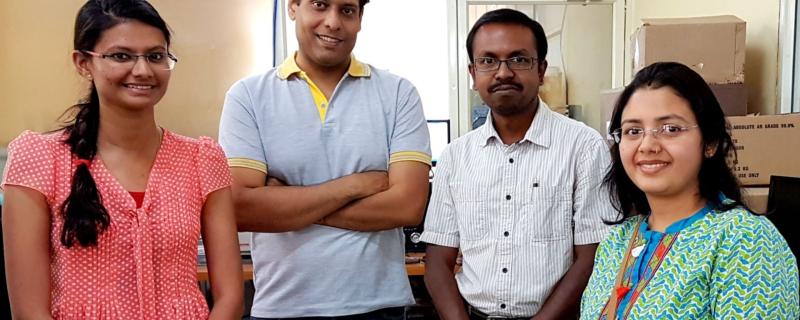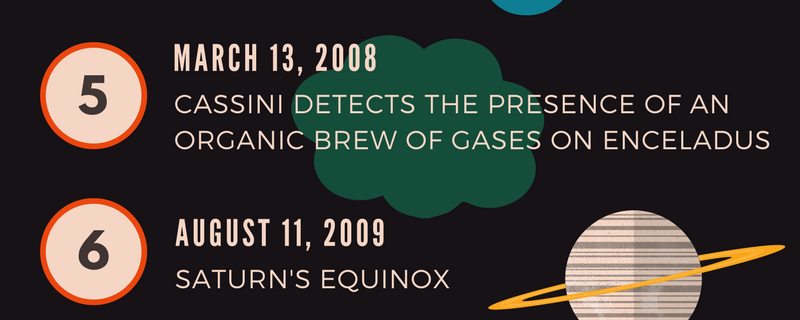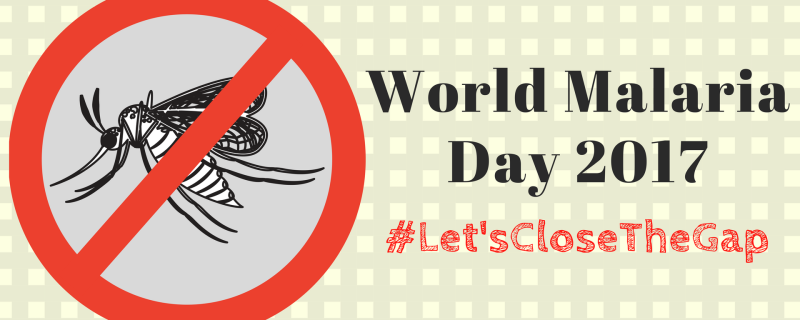In a country like India, dealing with disability can be a challenge on its own. A strong social stigma and discrimination can play havoc in one’s life leading to suicidal thoughts and depression. In a recent study, researchers have tried to understand how people with hearing loss cope with their life and if assistive technologies like hearing aids are making their lives better. By interacting with people in Kannada, a local language, the study has unearthed some of the often overlooked emotions and challenges faced by people using hearing aids to deal with their hearing loss.
Archives
Micro electro-mechanical Systems (MEMS), the technology of microscopic devices with moving parts, are finding new range of applications in the recent past due to the trend of ‘miniaturization’. They are increasingly being applied to an array of sensor technologies, including gas sensors. However, for MEMS based gas sensors to detect small traces of gases, they need to operate at higher temperatures. Now, researchers have designed a microheater made of molybdenum, which can successful provide the required range of temperature for the sensor to operate.
Did you know that there are 583 species of carnivorous plants around the world, which derive nutrition by eating other animals like insects? They are usually found in areas with poor soil quality, like marshes and bogs, that cannot provide these plants with all the nutrition they need. These soils are known to be especially poor in nitrogen.
Human hair has become all the more valuable, according to a spate of recent studies finding diverse applications of keratin, a protein found in our hair, in tissue engineering and stem cell research. Gone are the days when discarded hair was used for wigs, making fertilizers or in construction materials. Now, researchers have demonstrated the use of keratin derived from human hair as a scaffold to grow cells in bioengineering. The easy availability o f human hair and keratin makes research in tissue engineering very inexpensive, claim the researchers.
Missions to the outer space always bring a sense of excitement in the scientific community and hope to find answers to one haunting question - do aliens exist? The Cassini-Huygens mission, launched to orbit Saturn and study its moon - Titan, is no different. Although it has not yet found a convincing answer to the question, it has revealed various facets about the majestic planet, its spectacular rings and the splendid moons. And of course, the possibility of finding life based on many earth-like conditions in the atmosphere of one of Saturn’s moons. Come September, the glorious journey of this spacecraft comes to an end after two eventful decades. Here is a wishing Cassini-Huygens a long goodbye.
Malaria, the biggest killer of all time, has a long association with humans. As we develop new strategies to combat the fatal disease, the parasite causing the disease gets stronger than ever. In this seemingly never-ending tussle, who ultimately wins the battle? The judgement, it seems, is not an easy one! On World Malaria Day, here is a brief insight into the details of this deadly disease.
Most methods that farmers follow today to control pests and save their crop are mostly reactive, which is done ‘after’ the damage has started. In addition, these methods either destroy other crops, or cause harm to animals that feed on them, or pollute the soil or air. Researchers have now found a ‘green’ and ‘clean’ way to detect crop pests before they start the damage. They have built a highly sensitive sensor that detects pheromones or chemicals released by insects for mating, which signal the presence of pests and thus prompt the farmers to take remedial measures.
India’s film industry is the world’s largest with about 1000 films produced each year. As we know, not all of them make in into the list of “blockbusters” and some fail miserably. While choosing the right script, director, actors and music make an impact, a new research shows that timing the release of the movie is equally important. Using the concept of complex systems, the researchers have found that circumstances at the time of the release of a movie could make or break its revenues.
Technology has revolutionized almost every aspect of our lives - from healthcare to doing business. The field of meteorology is not far behind. In a recent study, scientists have leveraged the computing power of a new series of processors from Intel, to improve existing climate models and simulations. The new models, the researchers claim, have better accuracy and increased speeds and also free up meteorologists from the hassles of computer science.
Researchers at the Center for Nanoscience and Engineering (CeNSE) at IISc, in collaboration with Iowa State University and Royal Melbourne Institute of Technology, have developed a novel device that can simultaneously measure the electrical and mechanical properties of a cell. Using a technique called Electrochemical Impedance Spectroscopy (EIS), they have suc







